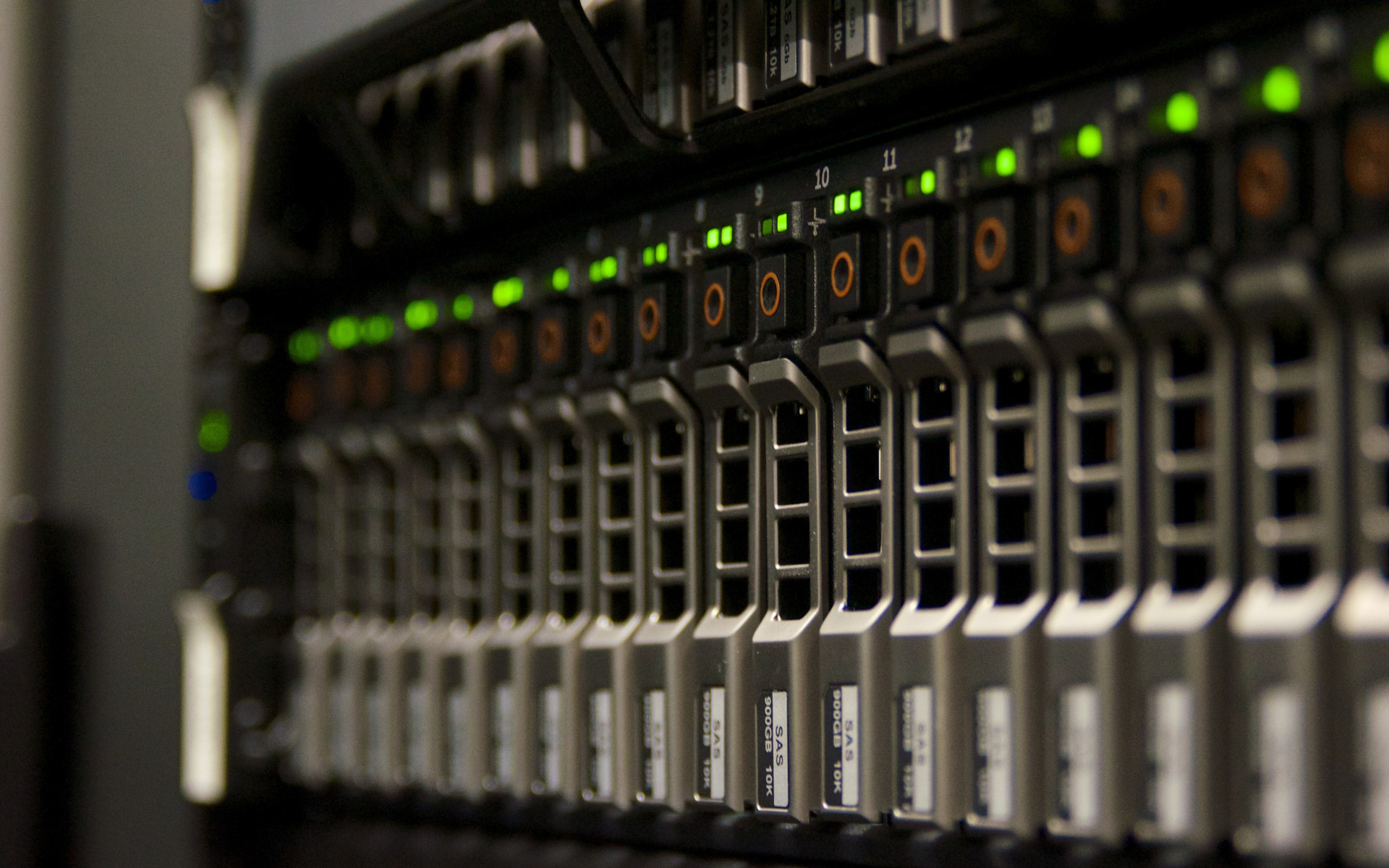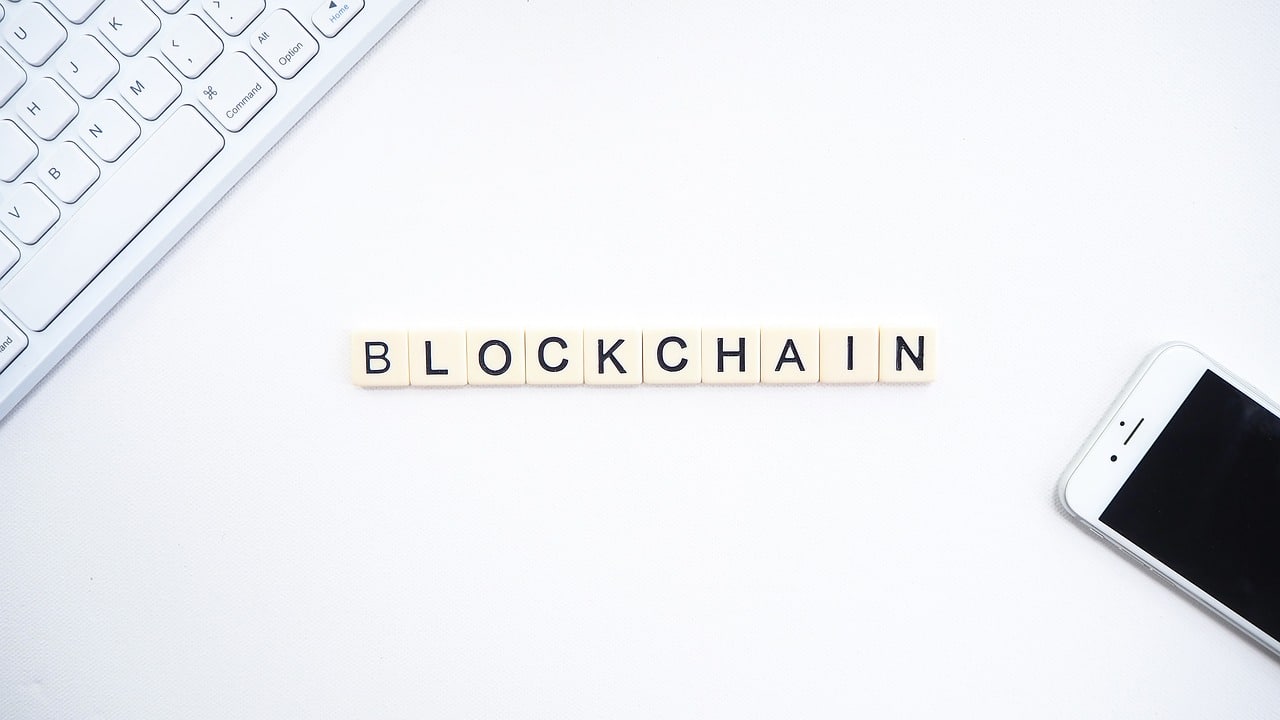
IoT in healthcare: life-saving technologies you need to know
The Internet of Things, or IoT, refers to the network of smart devices connected to each other and to the internet, capable of communicating, collecting, and analyzing data in real time. From smart homes to connected factories, this technology has radically transformed the way we live and work. But it’s in the healthcare sector that IoT is showing its most life-saving potential.
Connected healthcare is no longer just a futuristic idea—it’s already a reality in hospitals, clinics, and even in our homes. Smart sensors, wearable devices, and cloud platforms are redefining diagnosis, monitoring, and medical intervention, with a massive impact on patient well-being and the efficiency of healthcare systems.
Remote patient monitoring: healthcare from a distance
One of the most groundbreaking innovations is the ability to monitor patients remotely using IoT devices. These tools allow real-time tracking of vital signs like heart rate, blood pressure, glucose levels, and oxygen saturation.
By constantly transmitting data to doctors and caregivers, timely action can be taken when anomalies are detected. Remote patient monitoring reduces unnecessary hospital admissions, improves treatment adherence, and allows chronic patients to live independently while staying under constant medical supervision.
Wearables and smart devices: when the body speaks, technology listens
Wearables like smartwatches and biometric sensors have become fully-fledged clinical tools. Connected to healthcare management platforms, these devices continuously collect data and integrate it with electronic health records, enhancing the analysis of long-term trends.
Today, a simple wristband can send an alert in case of a fall, arrhythmia, or fever. Some advanced sensors can even predict critical events before they occur, thanks to the combination of IoT and machine learning. The result is more predictive and less reactive medicine.
Smart hospitals: when infrastructure becomes intelligent
Connected hospitals are ecosystems where every device, bed, or machine is trackable, monitorable, and remotely manageable. Smart beds adjust position and pressure to prevent bedsores, tracking systems allow real-time location of equipment and staff, reducing waste and wait times.
Thanks to IoT, hospitals can better manage energy use, patient flow, and pharmaceutical logistics. Smart infrastructure not only increases efficiency but also improves the patient experience and reduces the workload for healthcare professionals.
Implantable devices and internal sensors: the invisible evolution
IoT has enabled a new generation of medical implants that monitor a patient’s health from inside the body. Pacemakers, subcutaneous microchips, and internal sensors send continuous data to cloud platforms accessible by doctors and hospitals.
These tools not only regulate organs or medical devices but also detect warning signs automatically. This includes smart insulin pumps and connected defibrillators that can act independently or notify emergency services before a situation becomes critical.
Artificial intelligence and predictive analytics: IoT that sees ahead
When IoT combines with artificial intelligence, it becomes possible to forecast diseases, infections, and clinical deterioration before symptoms even appear. Algorithms analyze millions of data points from medical devices and flag abnormal patterns.
Hospitals and clinics can use this data to trigger preventive protocols, optimize bed management, and reduce response times. This is predictive medicine powered by data—a model where prevention truly becomes better than cure.
A future that’s already here
IoT in healthcare isn’t just a trend—it’s a quiet revolution saving lives every day. The benefits go beyond technology: fewer hospitalizations, faster diagnoses, personalized treatments, and more independence for patients.
We’re only at the beginning of this transformation, but one thing is clear: technology won’t replace doctors, but it will make medicine more precise, accessible, and personalized. And it’s all possible thanks to the internet of things.








